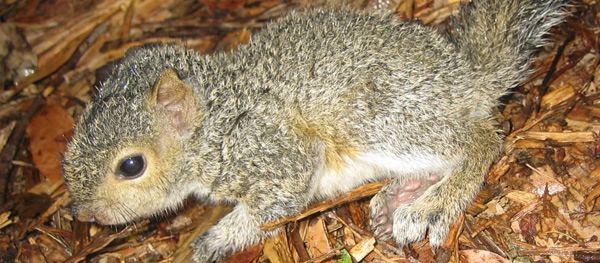- info@wildlifeanimalcontrol.com
Call us for help in your town
Wildlife Control Education
What do wildlife rehabilitators do with rodents?
When you trap a rodent, you may wonder what to do with it. Rodent relocation doenst always promise success. If you don’t want to kill the rodent, then you should consider getting in touch with a wildlife rehabilitator so as to make sure that the issue is dealt with as only professionals can offer humane and legal solution. You may also find rodent babies. The babies may be abandoned due to the death of the mother and they may need your help. It is very important that you find a wildlife rehabilitator as soon as possible. Get a small box and line it with some loose rags. Be sure that the strips of clothes don't have any fibers that are uncut so as to reduce chances of the baby legs getting tangled. Keep the babies warm until the rehabilitator arrives. Wildlife rehabilitator will professionally access situation and propose the best solution for the rodent problem in your home.

What the rehabilitators do
Once a wildlife rehabilitator gets to your home, they will start dealing with the feeding of the rodent that you may have found or trapped. The rehabilitators deal with the administration of the milk replace that is diluted from the regular constituency. This will be given to the rodent until the eyes open in case of babies. Regular formula can be too dense to pass to the stomach and that is why it has to be diluted.
The rehabilitator also helps the rodent babies to initiate defecation and urination. After every feeding, the rehabilitator will rub the genital area of the rodent so as to stimulate the rodent and lead to excretion. The rodent is then able to have the sensation of needing to defecate and urinate. The infants also have to be dried so as to avoid bacterial infection and urine scald.
Regular rodent food is offered at intervals. When the juveniles grow up, they are released into safe den while still in captivity. A best den is offered and it becomes the safe haven for the rodent until it can be relocated. The rehabilitator is also responsible for the relocation of the rodent captured. In the new environment, the rehabilitator leaves some food and water so as to help the rodent establish in the environment,
Wildlife rehabilitation involves caring for injured, sick, orphaned animals and then making sure they get back to the wild and survive all by themselves.
Go back to the How to get rid of wildlife home page.
Need animal removal in your hometown? We service over 500 USA locations! Click here to hire us in your town and check prices - updated for year 2020.

















